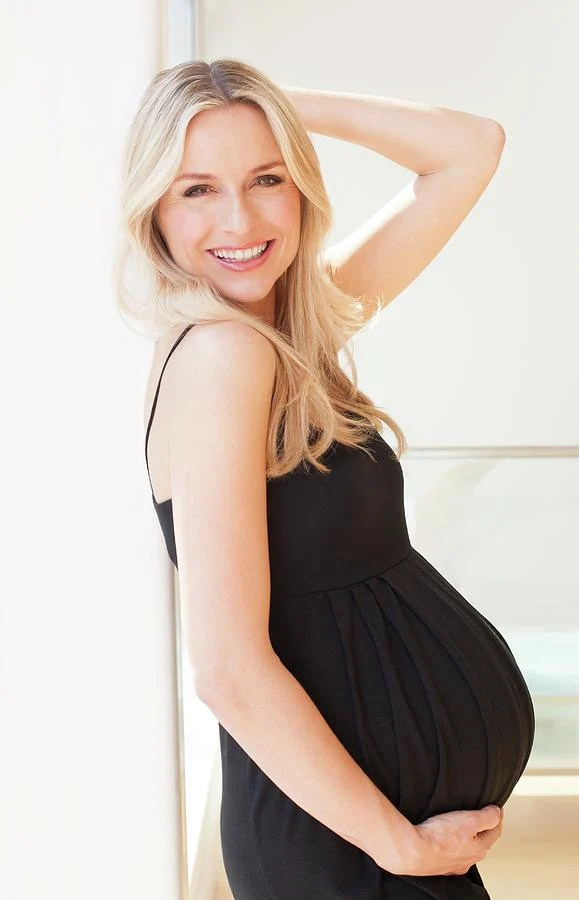Your cart is currently empty!
The Journey Toward Body Acceptance
As I reflect on my life at 37 years old, I realize how much my perspective on age and body image has evolved. There was a time when I viewed 37 as a marker of decline, a threshold where fun seemed to fade, and insecurities seemed to multiply. In fact, I often associated this age with the inevitability of needing a crutch like Spanx to navigate the societal expectations of beauty. Now, I understand that this perception is deeply flawed.
Consider this: 37 years translates to 444 months. Out of those months, how many do you think I felt content looking in the mirror? The answer is zero. Not a single day. It’s bewildering to think about how many moments I’ve lost, consumed by dissatisfaction with my reflection.
During childhood, I yearned for straight, glossy hair and the appearance of my lighter-skinned friends. As I entered high school, I briefly accepted my curls but soon returned to wishing for a taller, thinner frame—essentially, to be someone else entirely. In my twenties, my thighs felt too large, my waist too undefined, and my arms never quite fit the ideal. Unfortunately, this sense of inadequacy only intensified in my thirties, as societal pressures introduced new standards of what needed “fixing.” I’ve even heard discussions about surgical enhancements, like vaginal rejuvenation, and found myself thinking, “Oh great! Another thing to worry about!”
This reality is troubling. Since I was 15 years old, not a single day has passed without comparing myself to other women regarding size and appearance. That’s 13,510 days of self-criticism, and it leads me to a stark realization: I’ve squandered an immense amount of time wishing to be someone other than myself.
I often think about the message I’m sending to my daughter, Mia. I tell her daily how beautiful she is—how perfect her heart and mind are. Yet, I struggle to extend that same acceptance to myself. The irony is glaring. If I can’t champion my own self-worth, how can I expect her to believe in her own?
Every day, I convey mixed messages. While I emphasize the need for self-acceptance, I simultaneously project a narrative of wanting to change. Despite my efforts to improve, I find myself in an endless race toward an unrealistic ideal. It’s time to stop this race—not just for my sake, but for Mia’s as well.
Understanding these dynamics is crucial for fostering a healthier self-image. For further insights on self-acceptance, check out this article that delves deeper into personal growth. Additionally, if you’re exploring topics related to family planning, Make a Mom offers valuable resources on at-home insemination kits. For those considering fertility treatments, UCSF provides excellent information on IVF options.
In conclusion, embracing our bodies and fostering self-acceptance is a vital journey. As I continue to navigate this path, I hope to model strength and confidence for Mia, encouraging her to love herself just as she is.
